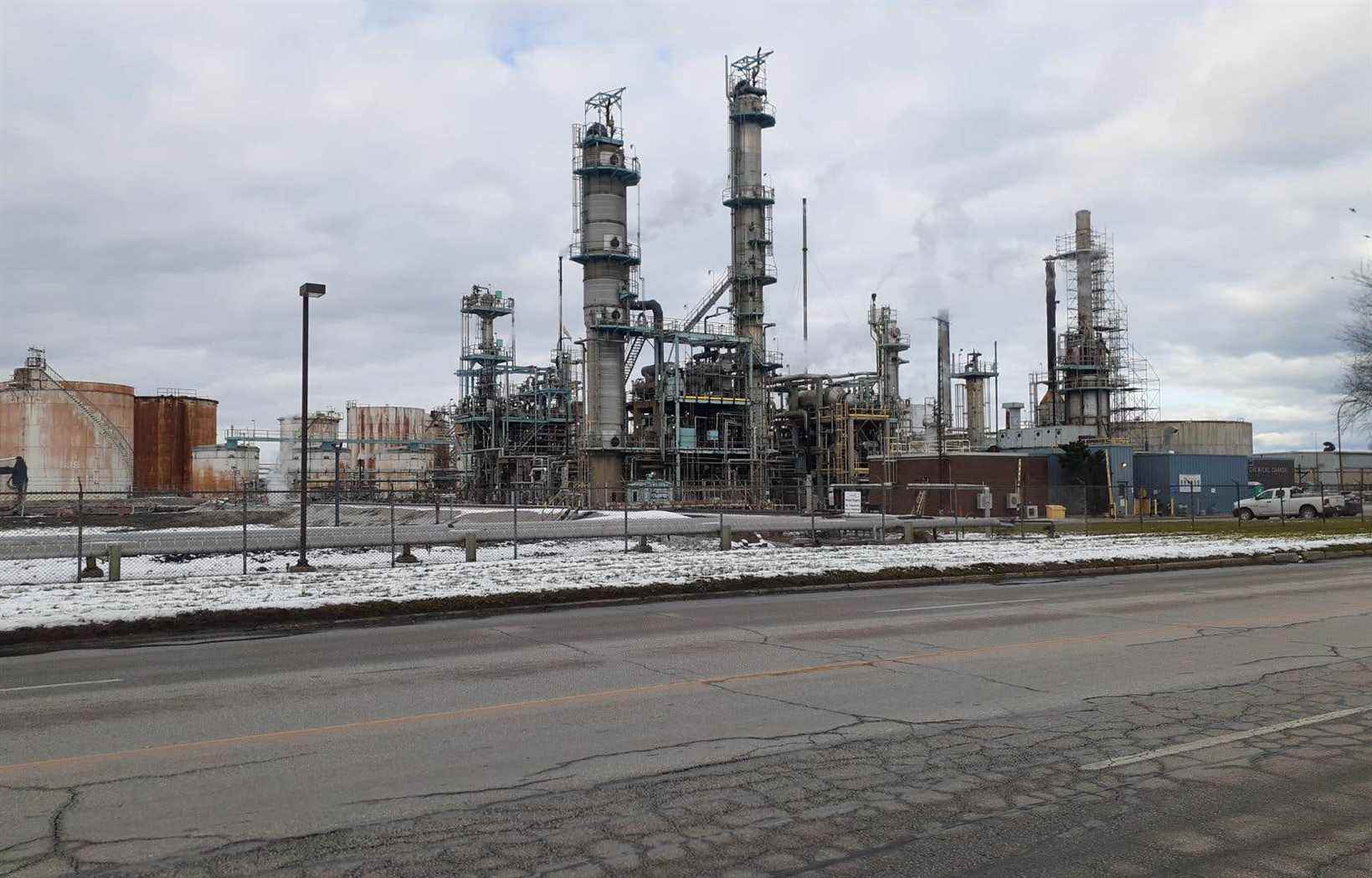The chemical plants, then the refineries of Suncor, Imperial Oil and Shell – three of four such complexes in Ontario – form a boucanane corridor out of downtown Sarnia. On a foggy day, the smoke screens mingle with the clouds. Every day, thousands of liters of crude oil are transformed, mainly into gasoline, in the refineries of the municipality.
Now is the time for the city to transform and move away from fossil fuels, according to residents and observers. Everyone agrees that Sarnia has evolved over the past several decades. But is the city progressing fast enough? Opinions diverge. In an era of the backlash of climate change, the issue is more important than ever, some believe: almost a third of the biggest polluters in Ontario are in the region.
This is what prompted Caroline di Cocco, former MPP for the riding of Sarnia — Lambton, to come out of her silence for the first time since her defeat in the 2007 election. “We urgently need to make a transition to forms. green energy, ”she says, a few days before a meeting at her home. “There is a fear of change that has to be made,” she sighs in her wooded dining room.
The issue of energy transition is tense, and the former MP is well aware of it: if she lost her seat fourteen years ago, it was because of her decision to shut down the Lambton coal-fired power plant, says -she. “It’s revisionism,” replied Sarnia Mayor Mike Bradley since 1988, suggesting that the plant could have been renovated to run on natural gas. The change would have been very expensive, however, says Ontario Power Generation.
The wounds may have the chance to heal in early 2022 on the occasion of the first environmental summit organized by the mayor in 18 years, at a turning point for the city. “We can either react to changes taking place around the world and in Canada, or we can lead that change. I think we are in a better position to lead them, ”suggests Mike Bradley.
Historical significance
The first commercial oil well in North America attracted 4,000 prospectors to Oil Springs, outside Sarnia, in the late 19th century.e century. Today, a small, freshly renovated museum describes the history of the discovery. A few replicas of the installations of the time guide visitors.
But times have changed. Ontario today has very small petroleum resources. The province produces 500 barrels per day, 0.12% of what is refined weekly at refineries in the region. Production will be zero in Ontario in ten years or so, projects the Canada Energy Regulator. Today, refined petroleum comes mainly from Western Canada.
This year, that dependency proved precarious when the governor of Michigan – the state through which the Line 5 pipeline passes – announced she would turn off the tap, fearing a spill in the Great Lakes. The decision was ultimately postponed by the White House, urged by the Canadian government, which argues it would threaten critical supplies for refineries.
Polluted territory
But 25 other pipelines crisscross Lambton County, where Sarnia is located. Janelle Nahmabin, co-chair of the environmental committee for Aamjiwnaang First Nation – a reserve surrounded by refineries – says she and her fellow citizens do not know how many of these pipes pass through their territory. For industry members, refineries are an issue from 9 a.m. to 5 p.m. “For us, it’s intergenerational,” she says.
The First Nation is eagerly awaiting data from an Ontario government study which, according to recent results obtained by Global News, shows that the presence of benzene – a carcinogenic pollutant – is 44 times higher in Aamjiwnaang than the average elsewhere in Ontario. “In my role, I saw documents arrive 5 to 15 years after a study was completed. If I don’t receive the information quickly enough, I can’t proactively protect my community, ”insists Janelle Nahmabin.
“There is progress, but it is not fast enough”, notes the chair of the committee. When new projects are planned, as was the case with the recent expansion of the operations of Nova Chemicals, “we are still sacrificed”.
Progress behind the scenes
In 2020, a big blow like the closure of the coal plant almost happened: the Shell company put its Sarnia refinery up for sale. However, no buyer has come forward. In the absence of a shock treatment, the advancements are more discreet. Mike Bradley and Katherine Albion – the director of Western-Sarnia-Lambton Research Park – are trying to remove the “chemical valley” label attached to Sarnia in the past.
The science park is the largest incubator of clean technology companies in the country. Companies such as Aduro Energy, for example, are tackling the recycling of plastic, so as to transform it into raw material which can then be used as gasoline.
During a supper in a steakhouse, Ed Brost and Don Greaves, two retired engineers, enthusiastically explain the many projects they are working on. The manufacture of asphalt – a substance that will become increasingly valuable as gasoline requirements decline, they analyze – is one of them. Sarnia has “human capital” it is touted in the city. “Many retirees stay because it’s a beautiful city,” comments Paul Bourgeois, a former engineer at Esso.
Of the many people interviewed by The duty, including Pierre-Olivier Pineau, holder of the Chair in Energy Sector Management at HEC Montreal, warn, however, that the demand for oil will not decrease overnight. “The industry has reinvented itself while the world is not reinventing itself, it’s a paradox,” notes the professor. “I do not see any radical change for our city”, thinks Paul Bourgeois. “Refineries are responding to consumer demands, and I don’t see that changing. “
